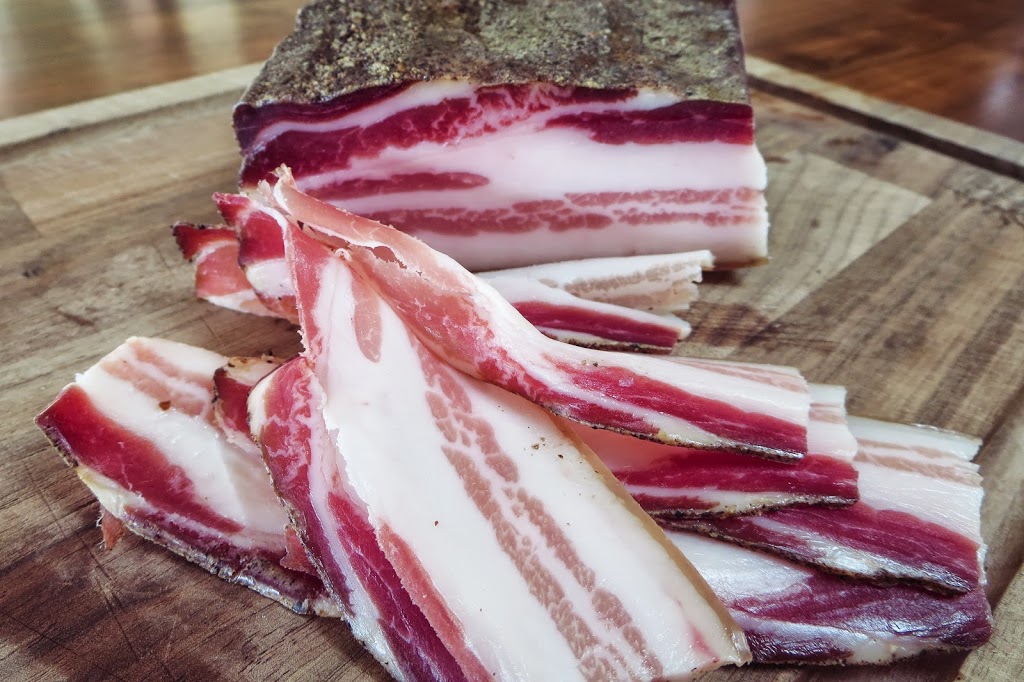Here is the train of thought that led to this post: Martin came home from Boston with fresh corn tortillas and Peet’s Coffee for me. I opened one bag of coffee and hid the rest, but corn tortillas are perishable, so….eat it was. That’s where that train of thought almost derailed then and there – too many opinions on what to wrap them around. I settled the matter and decreed: carnitas for dinner, with corn tortillas, tomatillo salsa and queso fresco. Sound good? Agreed. Good corn tortillas are a little bit like gold dust around here: hard to find. So the question what to do with a whole pack of them is to be taken seriously. Everyone here loves carnitas, so we could agree on that, but I have to be particular and need some queso fresco on top of my tacos to make them a perfect bite. Queso fresco (and all its cousins, brothers, sisters, uncles and aunties) unfortunately belong in the gold dust category as well, so there’s only one way out: make your own.
Fortunately it’s really easy to make your own; it’s neither involved, nor complicated: make the milk of your choice go sour, strain out the cheese curds, squeeze out the whey and don’t burn your fingers, form into a disk and stick in your fridge, all done. Of course there are a couple of points to consider before you start; the milk, for one thing. Whole milk will give you a creamier cheese, when what you’re really looking for in this cheese is the ability to crumble it over things – whole milk in Denmark has 3.5 % fat, in the US commonly 3.25 %. I like to use reduced fat milk that has 1.5 % fat and add some buttermilk to the mix – it adds to the slightly sour, refreshing flavor of the cheese; if I can find some with live cultures in it even better, it will culture the milk and help set the curds later. If there’s only dead buttermilk available you can still add it to the milk for flavor, but it won’t help with curdling the mix later when it’s time to make cheese. Next there’s the souring agent; you can use anything with a high level of acidity, from vinegar over citric acid powder to lemon or lime juice – I prefer lime juice here, because of the slight tanginess it brings to the cheese, which goes well with the food it is put on top of. That’s all essential ingredients considered, time to make some cheese.
Note: the cheese you’ll be making is by no means strong in flavor and it’s not supposed be; it’s meant to accompany and complement food with strong flavors instead. It’ a refreshing, light flavored fresh cheese with a hint of sour in it that crumbles well and keeps its shape even when put in the oven. It doesn’t go gooey or ooze when warmed, it’s at its best when used as a finishing touch on tacos or enchiladas for example, or salads. A particular favorite of mine is grilled, buttered corn on the cob, rolled in crumbled queso fresco – it requires some concentration while eating, but it’s so delicious…
Queso Fresco
250 ml (1 cup) buttermilk
1 tsp salt
125 ml (1/2 cup) lime juice, freshly squeezed
1/2 tsp salt for kneading into the cheese
1) In a large pot, combine the milk and buttermilk, add 1 tsp of salt and let sit at room temperature for at least 2 hours, if you have the time.
2) Heat the milk over medium heat until it just reaches a boil, turn off the heat and add the lime juice. Stir gently and watch the curds form almost immediately. If the milk doesn’t separate properly, add more lime juice, until you have curds swimming in a clear liquid, the whey.
3) Line a colander with cheesecloth or a (thin) wet dishcloth and set it in the sink. Drain the cheese.
4) Let the curds sit until cool enough to handle, ten minutes should do, and squeeze out more whey until it feels dry-ish.
5) Turn the cheese ball out onto a plate and break apart. Starting with 1/2 tsp, work in the extra salt with your fingers. Taste and add more salt if you find it too bland, but don’t overdo.
6) Shape the cheese into a disc, cover with plastic wrap or a fresh dishcloth, put something heavy on top to help it compress and stick together (I usually have 1 l (1 qt) tetra packs of coconut milk around that have the right size for the job) and put in the fridge to cool completely.




